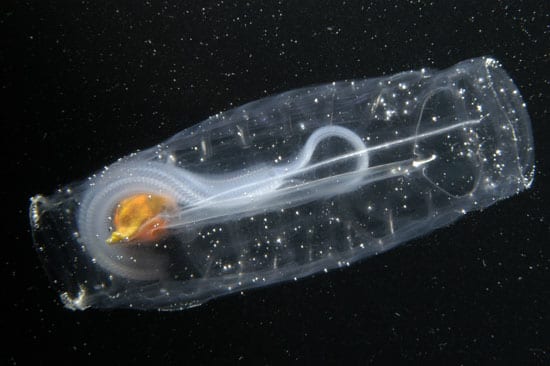Changes in the Antarctic Ecosystem: Salps versus Krill
January 1, 2006
WHOI biologists will travel to Antarctica in mid-February to study salps⎯transparent, gelatinous, planktonic animals that generate massive populations containing individuals 10 centimeters (about four inches) long and colonial chains many meters (more than three feet) long. Salps consume diatoms, the microscopic plant cells abundant in spring and summer. In some years, salp populations may replace krill, which also eat diatoms. Krill are a critical and nutritious food for many whales, penguins, and other Antarctic animals, while salps supply little nutrition. Scientists speculate that warmer Antarctic conditions may favor salps over krill because diminishing sea ice formation provides less shelter and food for juvenile krill. The research team will spend a month on the research vessel L.M. Gould, continuing National Science Foundation-funded research begun in 2004. After crossing Drake Passage, the researchers will work near Palmer Station, scuba diving and using towed nets to study salp feeding, growth, reproduction, population size, and transport of organic matter to deeper water. This expedition will be featured February 21 to March 10 on the WHOI educational resource Web site, Dive and Discover.

